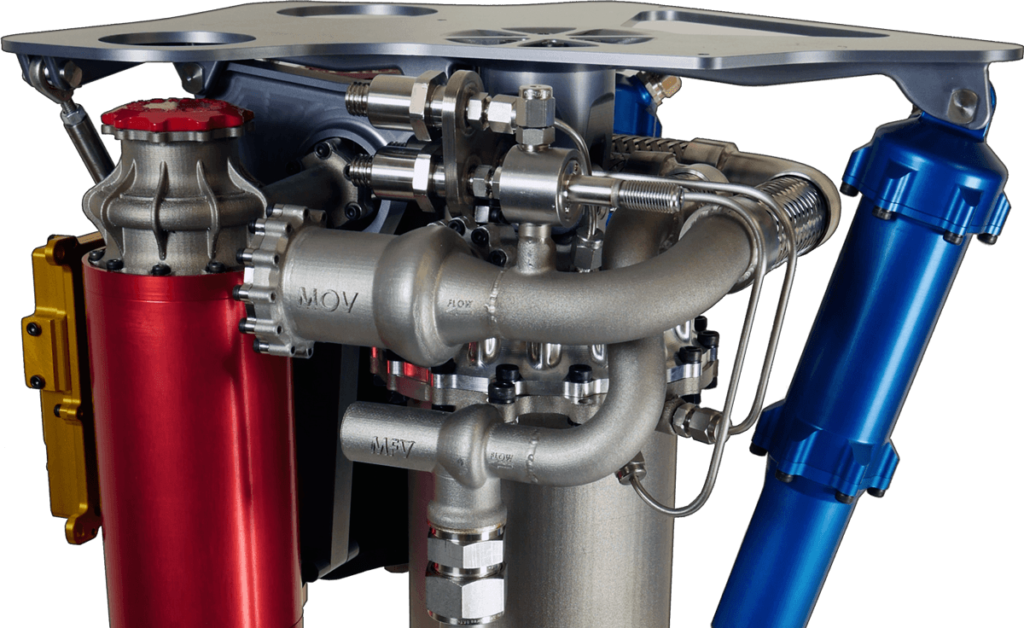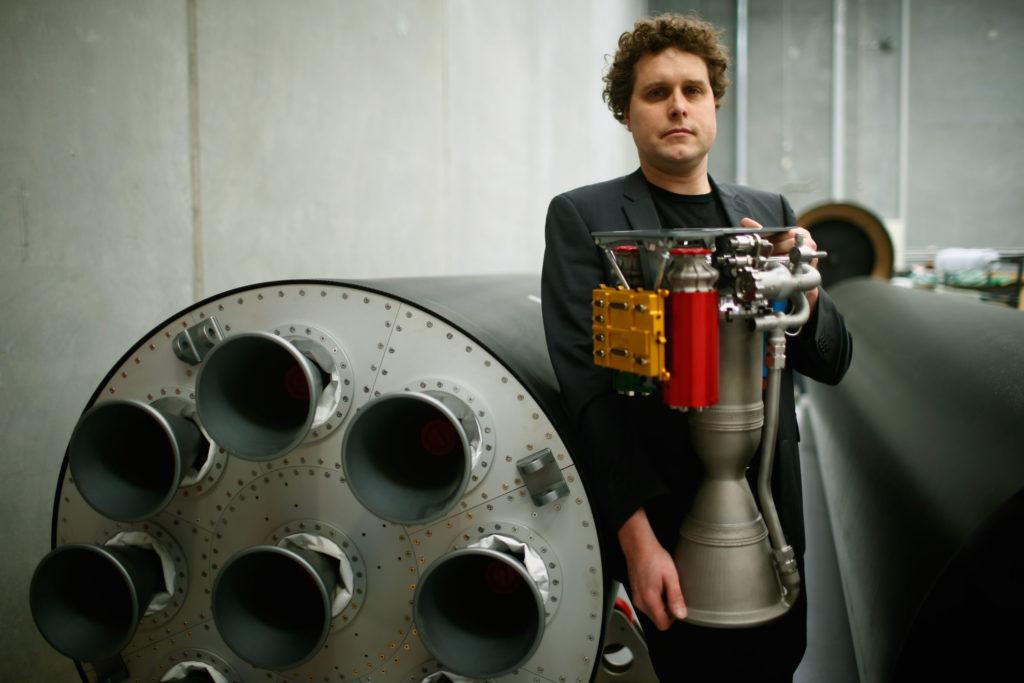While anything having to do with the creation and launch of CubeSats is newsworthy right now, they will, like every other breakthrough in science and technology, eventually become commonplace. Peter Beck, the owner of Rocket Lab, wants to be the first to make that happen. According to Beck, he hopes to get to a point where his company is launching one of their small CubeSat-carrying rockets as frequently as once a week.
Rocket Lab made big headlines back in 2015 when they announced the completion of the Electron Launch System, the world’s first battery-powered rocket. In another first, the rocket is powered by the electric Rutherford engine, the first-ever oxygen/hydrocarbon engine with all of its major components 3D printed. The two-stage rocket, capable of carrying payloads of up to 330 pounds (150 kg), is scheduled to make its first test launches before the end of the year, with actual flights beginning in 2017.
Currently, CubeSats are getting into space by hitching rides aboard large rockets that are being launched into space for their own purposes. It’s not ideal, as the owners of the CubeSats have no control over when or where the launches will take place, and often have to settle for being released into orbits that aren’t as well-suited for their research goals as other orbits would be. However, dozens of companies are developing small, inexpensive rockets specifically for the purpose of carrying small satellites into space. These rockets can be hired by companies to launch CubeSats when they want them to launch, and to the orbital destination they want; some of these destinations are ones not traveled to by standard rockets.Rocket Lab, which already has contracts with four customers, including NASA, is at the forefront of the extremely competitive small-rocket field at the moment, and they intend to stay there, despite the fact that several other companies have plans to launch their vehicles in 2017 as well. The company recently completed construction on their own launch range in New Zealand, and has been approved by the FAA to launch rockets as often as every 72 hours, meaning that Beck’s vision of sending up rockets once a week isn’t out of the realm of possibility.
 Having their own launch range makes Rocket Lab very attractive to customers who are looking for frequent opportunities to send satellites into orbit. Using their own range is much less expensive than using a major launch facility, too. In addition, using 3D printing to build their rockets keeps costs significantly down while ensuring optimal performance. The Rutherford engines, which are only about two and a half feet long and generate 5,000 pounds of thrust, are all made in-house, mostly through 3D printing.
Having their own launch range makes Rocket Lab very attractive to customers who are looking for frequent opportunities to send satellites into orbit. Using their own range is much less expensive than using a major launch facility, too. In addition, using 3D printing to build their rockets keeps costs significantly down while ensuring optimal performance. The Rutherford engines, which are only about two and a half feet long and generate 5,000 pounds of thrust, are all made in-house, mostly through 3D printing.
“We made decisions not always based on performance but on cost and manufacturability,” Beck told Space.com. “We didn’t learn how to do all the 3D printing and additive manufacturing of highly stressed structures for fun. We did that because it was the only manufacturing technique that was going to reduce the price and increase the performance of that engine that was out there.”
Technology like 3D printing is going to be an even bigger part of space travel in the near future, many experts say, because of its capability for producing lightweight, inexpensive equipment. It’s also opening the door for many smaller companies to become part of space exploration in a way they never have been before, according to Jeffery Manber, CEO of NanoRacks. His company was the first to manufacture their own hardware and services aboard the International Space Station, and their services, which include CubeSat launches, are utilized by some of the biggest companies and agencies in the world.

(L to R) Jason Crusan of NASA; Bob Richards, CEO of Moon Express; Mike Gold, VP of Space Systems Loral; Carissa Christensen from Tauri Group; Jeffrey Manber, CEO of NanoRacks at the White House Frontiers Conference [Image: NASA]
“I think one of the greatest accomplishments in NanoRacks is we have shown [that] a small entrepreneurial company can work with NASA,” Manber said last week at the White House Frontiers Conference.
Manber also said that he foresees the amount of 3D printing taking place in the space industry to greatly increase over the next five years. With so much 3D printing being used to push space exploration forward already, I don’t think anyone will doubt that it will continue – but what may still surprise people is the number of small companies involved in some of the biggest breakthroughs. It’s not just agencies like NASA that are setting their sights on deep space now – it’s companies like NanoRacks and Rocket Lab that may ultimately be responsible for the future of space travel and discovery. Discuss this in the Rocket Lab forum at 3DPB.com.
Subscribe to Our Email Newsletter
Stay up-to-date on all the latest news from the 3D printing industry and receive information and offers from third party vendors.
You May Also Like
3D Printing Unpeeled: New Arkema Material for HP, Saddle and Macro MEMS
A new Arkema material for MJF is said to reduce costs per part by up to 25% and have an 85% reusability ratio. HP 3D HR PA 12 S has been...
3D Printing News Briefs, January 20, 2024: FDM, LPBF, Underwater 3D Printer, Racing, & More
We’re starting off with a process certification in today’s 3D Printing News Briefs, and then moving on to research about solute trapping, laser powder bed fusion, and then moving on...
3D Printing Webinar and Event Roundup: December 3, 2023
We’ve got plenty of events and webinars coming up for you this week! Quickparts is having a Manufacturing Roadshow, America Makes is holding a Member Town Hall, Stratafest makes two...
Formnext 2023 Day Three: Slam Dunk
I’m high—high on trade show. I’ve met numerous new faces and reconnected with old friends, creating an absolutely wonderful atmosphere. The excitement is palpable over several emerging developments. The high...

































